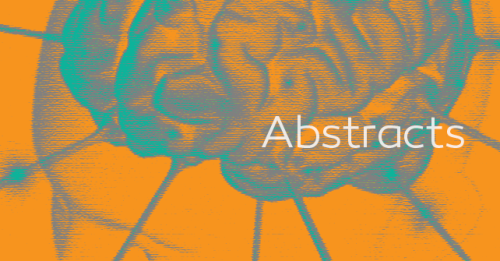New approaches to studying early brain development in Down syndrome
Ana A Baburamani 1, Prachi A Patkee 1, Tomoki Arichi 1 2 3, Mary A Rutherford 1Affiliations expand
- PMID: 31102269
- PMCID: PMC6618001
- DOI: 10.1111/dmcn.14260
Free PMC article
Down syndrome is the most common genetic developmental disorder in humans and is caused by partial or complete triplication of human chromosome 21 (trisomy 21). It is a complex condition which results in multiple lifelong health problems, including varying degrees of intellectual disability and delays in speech, memory, and learning. As both length and quality of life are improving for individuals with Down syndrome, attention is now being directed to understanding and potentially treating the associated cognitive difficulties and their underlying biological substrates. These have included imaging and postmortem studies which have identified decreased regional brain volumes and histological anomalies that accompany early onset dementia. In addition, advances in genome-wide analysis and Down syndrome mouse models are providing valuable insight into potential targets for intervention that could improve neurogenesis and long-term cognition. As little is known about early brain development in human Down syndrome, we review recent advances in magnetic resonance imaging that allow non-invasive visualization of brain macro- and microstructure, even in utero. It is hoped that together these advances may enable Down syndrome to become one of the first genetic disorders to be targeted by antenatal treatments designed to ‘normalize’ brain development. WHAT THIS PAPER ADDS: Magnetic resonance imaging can provide non-invasive characterization of early brain development in Down syndrome. Down syndrome mouse models enable study of underlying pathology and potential intervention strategies. Potential therapies could modify brain structure and improve early cognitive levels. Down syndrome may be the first genetic disorder to have targeted therapies which alter antenatal brain development.


